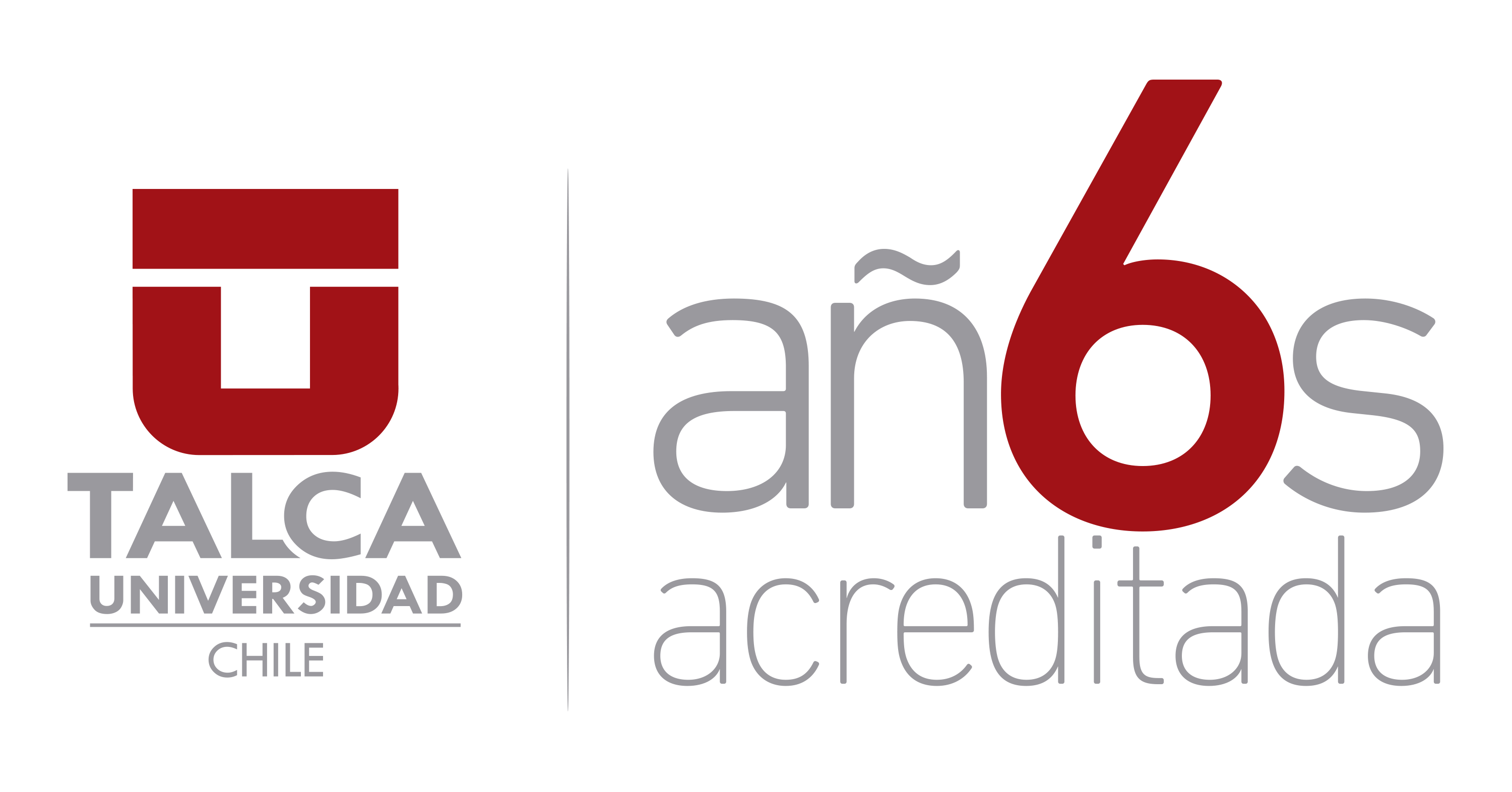The authors considered a large long-term care facility with over 100 beds, characterized by the presence of resident animals. The researchers collected nasal swabs from the animals for overall eight weeks. Two cats presented MRSA positive swabs and the test positivity was confirmed in subsequent tests. Out of 432 articles were identified 36 articles suitable for inclusion into the review. Data was heterogeneous in terms of age of patient, health issue, animals used and the length of interactions, which made comparison problematic.
Research Findings on the Therapeutic Power of Animals
It aims to help people cope with both physical and mental health disorders. Unlike service dogs, animal-assisted therapy animals https://rehabliving.net/stopping-cymbalta-dealing-with-duloxetine/ don’t receive person-specific training. However, they should have basic training and socialization to stay calm and manageable.
They’re not service animals
- Before you continue, we thought you might like to download our three Positive Psychology Exercises for free.
- Finally, inclusion of patients with severe immunosuppression, known allergy or animal phobia should be carefully considered, assessing benefits and risks [16], [38], [39], [40], [41].
- These findings are consistent with a study conducted in acute pediatric care [22].
- The mental health benefits of animal-assisted therapy for kids go even further.
- The companionship of the animal has proven benefits in both medical and psychological work.
Nearly all comments were positive and only three patients (0.5%) refused the proposed sessions, reporting fear. The number of dog-visits significantly increased during the observation, and no infection nor issues animal-related were reported [36]. Four studies evaluated the satisfaction after the intervention and the effects on psychosocial behaviors [8], [22], [24], [25], instead four considered also physiological https://sober-home.org/how-does-alcohol-affect-blood-pressure/ phenomena [23], [26], [27], [28]. Two studies were conducted through a survey among parents and caregivers [22], [24], while in two these data were integrated with children self-reports [8], [25]. Many different physiological parameters like pain [23], [26] or cardiovascular response [27], [28] were evaluated. After removing the duplicates and irrelevant results, 64 articles for full text review were obtained.
What Is Animal Therapy?
It is not a basis for the treatment of any condition and should only enhance or complement other treatment. It is not a replacement for other forms of therapy, such as psychotherapy or physical therapy. It is important to note that a therapy dog is not the same as a service dog and does not have all of the same rights. For example, a therapy dog cannot accompany a handler into a business establishment.
The editorial team at therapist.com works with the world’s leading clinical experts to bring you accessible, insightful information about mental health topics and trends. Dr. Elizabeth Ruegg is a licensed clinical social worker and a certified animal-assisted psychotherapist in Port Richey, Florida. She is also a full-time faculty member in the MSW department at Saint Leo University.
Types of Animals Used
For these individuals, animal therapy with a dog could cause far more harm than good. The mental health benefits of animal-assisted therapy for kids go even further. Animal-assisted therapy is using an animal as part of goal-oriented therapy sessions. There are psychological and physiological benefits to animal-assisted therapy. You and your therapist may discuss your animal while you are working with it, or you might set aside another time to talk about your experiences.
This book by Dr. Chandler explains human–animal relational theory and how different treatment models can be integrated with AAT. Underneath this parent category, we find animal-assisted activities, animal-assisted education, and animal-assisted therapy. Animal-assisted interaction is the parent term for any interaction that a human may have with an animal in a way that enhances the wellbeing of both. AAT builds on relationships and strengthens the therapeutic alliance, which allows the client to create a reparative relationship (VanFleet & Faa-Thompson, 2017).
However, not all animal-assisted interactions are formal psychotherapy models; although there may be a psychologically therapeutic benefit, it is not necessarily always the primary goal. In conclusion, AAT or AAA for hospitalized patients seem useful and safe for a wide range of diseases. However, many aspects remained unclear, in particular regarding the type of intervention, safety, economic issues and diseases that would greatly benefit of these programs.
Group therapy is a form of counseling where a small group of people meet regularly to discuss and work on shared issues alongside a therapist. Family therapy can help families function better when they’re going through tough times. Dialectical behavior therapy (DBT) helps people manage intense emotions by combining individual and group therapy with skills training and coaching.
On the contrary, other works did not explicitly refer to any of these procedures. Indeed, detailed information regarding the health surveillance protocols are desirable in order to correctly evaluate the considered interventions. The extensive Canadian https://soberhome.net/alcohol-detox-diet-eating-healthy-during-alcohol/ survey regarding dog visitation highlighted how the infection control protocols result variable and occasionally potentially inadequate. In particular, the knowledge concerning the potential risks amongst the dog-handlers seemed insufficient [45].
Animal-assisted therapy (AAT) is an alternative or complementary type of therapy that includes the use of animals in a treatment. The goal of this animal-assisted intervention is to improve a patient’s social, emotional, or cognitive functioning. Studies have documented some positive effects of the therapy on subjective self-rating scales and on objective physiological measures such as blood pressure and hormone levels. Whatever the intervention – which is limited only by our creativity – AAT/AAA are based on an age-old concept.
